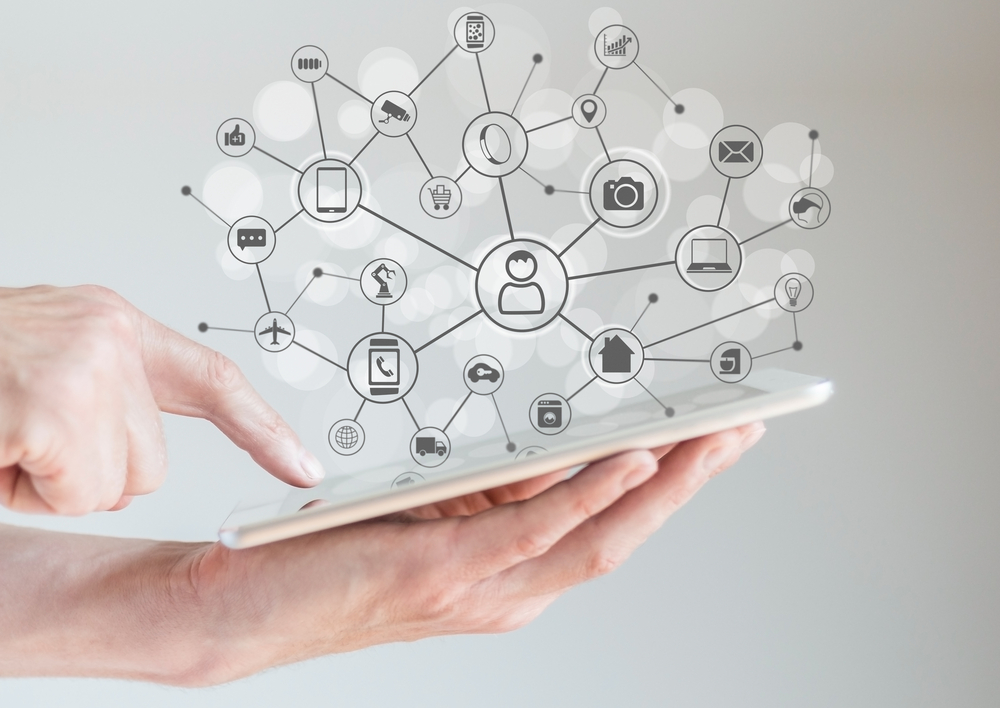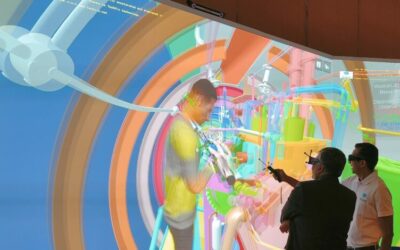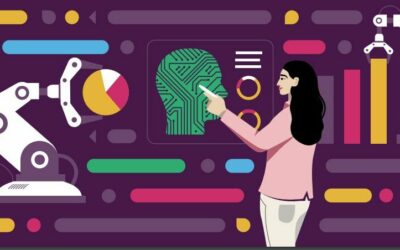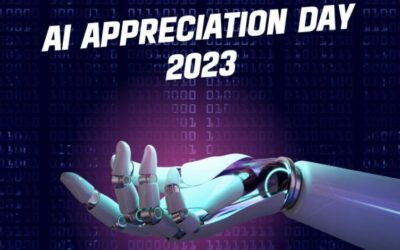As more businesses embark on their Digital Transformation journeys, IoT will be a force majeure to enable those transformations. IoT is driving business value with new service-driven business models leading to new revenue streams, cost-savings, increased output, and process efficiencies. Market researcher IDC predicts that the India IoT market will reach $34 billion by 2021. Some of the key findings of its research revealed that more than 50% of Indian business and IT leaders consider an IoT imperative to stay ‘digitally fit’. Line of business leaders have twice the interest in IoT programs, driven by the need to generate new revenue streams. More than 60% respondents in India see IoT helping them drive competitive advantage in the market. However, these findings come with a caveat: Security, privacy, infrastructure and complexity remain major challenges for organizations to adopt IoT comprehensively.
“As CIOs, IT and business leaders move toward transforming their enterprises and expanding their digital footprint, the role of IoT will be a lynchpin for causing disruption and driving transformation,” said Arjun Vishwanathan, Associate Director for Emerging Technologies at IDC India, in a statement.
According to Vodafone’s annual IoT barometer report 2017-18, the percentage of companies with more than 50,000 connected devices active has doubled in the last 12 months, with over 84% of IoT adopters saying that their use of IoT has grown in the last year. From the Indian organizations that were part of the study, 81% felt that IoT is key to digital transformation.
Drivers for IoT adoption
There are numerous factors responsible for increased IoT adoption across verticals in the country. Government policies like Make in India and associated incentives for the sector have increased manufacturing output. The manufacturing sector is increasingly adopting IoT to automate factories, cut manpower costs, improve yield and streamline supply chains.
The Digital India program raised the level of digitization across the country, especially digitization of citizen to government processes. Aadhaar is now formally accepted for authentication with mandates for linking of Aadhaar number to various functions; both Aadhaar and IoT are expected to take the country forward in the Digital India vision. Aadhaar-enabled POS terminals and kiosks, for instance, will use IoT sensors.
Demonetization hit the nation at the end of 2016 and boosted electronic payments. We witnessed an increase in cashless payments through debit/credit cards and mobile wallets.
The biggest policy change of 2017 was undoubtedly GST, which came into effect July 1, 2017. Many regard GST as the biggest reform initiative since liberalization in the early 1990s. GST has also created opportunities for IoT. The benefactors here are the transportation, logistics and warehousing industries. These industries will use more IoT technology to streamline warehouse operations and track the movement of goods across states; we elaborate later in this story.
Before GST, manufacturers kept multiple stocking points in the country, at least one in each state where they operate, so as not to be levied Central Sales Tax (CST) on interstate movement. But GST, which facilitates a universal tax across states, paves the way for the transfer of consignments directly to the customer distribution points (retail). This will result in the consolidation of warehouses and reduction in the number of warehouses. Companies are setting up bigger warehouses as mother distribution points instead of several small warehouses across states. For example, ITC is reportedly planning to prune the current 55 warehouses to 33 in 18 months.
Another factor that will significantly drive IoT adoption in the country is the increase in the number of connected things, driven by smart city projects in the country. The government’s planned investment of about $1 billion for 100 smart cities, over the next five years, is expected to be a key enabler for IoT adoption across industries.
With indigenous manufacturing and government subsidies, the price of IoT sensors and related equipment is expected to decrease further. This will result in more affordable pricing for the overall IoT solution and hence wider usage.
The e-commerce boom in India is also leading to more automation in warehouses or fulfilment centres and transforming supply chains. The retail sector is embracing technology like IoT to increase operational efficiencies. We elaborate later on this story.
The startup ecosystem in India is rapidly expanding, and there are many startups working on emerging technologies such as IoT, deep learning and artificial intelligence. Their cutting-edge innovation is seeping into solutions that are used both in the industry and to address social challenges centric to India. There are useful IoT use cases for agriculture & farming, healthcare, government, transportation and education.
These are some of the macroeconomic factors that have led to increased IoT adoption in the country. We have moved beyond the awareness stage to an adoption stage. However, it is still early days, and the market is quite nascent.
But market researchers say the opportunity is mammoth.
A $9 billion opportunity
The Deloitte TMT Predictions 2017 report says the number of IoT units in India is expected to grow exponentially from the current 60 million units to 1.9 billion units by 2020 — a $9 billion market opportunity. That’s a seven-fold increase from $1.3 billion in 2016.
A NASSCOM report pegs the IoT market in India to reach $15 billion by 2020, accounting for 5% of the global market.
That is a huge opportunity for anyone who creates IoT solutions and services.
The demand is a testimonial to the fact that the business benefit is well understood.
IoT offers multiple benefits to the business. Apart from asset tracking, it also offers process efficiencies. In manufacturing, for instance, sensors are placed at crucial points on an assembly line to monitor key stages of manufacturing. The sensor data is analyzed to point out inefficiencies, bottlenecks and wastage. Predictive analytics software will also inform about impending failure, prompting proactive maintenance, thus reducing downtime or machine failure.
Apart from industrial IoT, which accounts for 60% of the total market, the other opportunity will be Consumer IoT, which accounts for 40% of the IoT market. Consumers are getting more tech-savvy and buying smart home devices, smart phones, connected devices as well as wearables.
Cross-industry adoption
The manufacturing industry was an early adopter of IoT and it continues to be the leading sector. According to an IDC release, in 2016 manufacturing operations accounted for a total IoT spend of $102.5 billion (of the total of $178 billion).
While manufacturing is an early adopter, other industries are also adopting IoT.
The logistics, shipping, transportation and warehousing industries are the next big adopters of IoT technology. In fact, these industries are the backbone of the country’s economy, contributing significantly to the GDP.
The removal of octroi duties and the introduction of GST has seen an increasing movement of long-haulage trucks across the country. Fleet management and tracking is an important factor here. Transportation companies are turning to IoT solutions not only to track the movement of vehicles but also to minimize delays due to vehicle breakdowns. Sensors placed on key components in the vehicle will capture data on performance and relay it back to a data centre for analysis.
The next wave of business improvement in warehouse operation is going to come from IoT (Internet of Things) – specifically with the use of artificial intelligence (AI). E-commerce companies, which are building larger warehouses and fulfilment centres, are using IoT and robotics for operational efficiencies. Modern warehouses use robotic equipment to lift goods off storage racks and place them on conveyer belts. Special machinery is used for packing and tagging items. Sensors will help track the items both within the warehouse facility and as it moves through the supply chain to the customer touchpoints.
Thus, a network of IoT sensors will introduce more automation in the warehouses and supply chains and increase operational efficiencies for retail businesses.
IoT combined with artificial intelligence is seen as a game-changer for Indian healthcare, especially in rural areas. Wearable devices and smart implants will monitor patient health and relay health parameters to doctors, who are at another location. The doctors will analyze patient data and advise paramedics who are present with patients. This will address the challenge of shortage of doctors in the country. The technology is also advancing, and there are new applications that are changing the healthcare landscape.
Embarking on your IoT Journey
While the opportunity is huge, and the cross-industry applications are diverse, one should not rush out to embrace IoT without a proper understanding of its implementation. IoT is a lot more than mounting a sensor on a piece of machinery and connecting it to the cloud. It involves people, technology, process, devices, sensors – and an IoT framework.
Awareness: Business leaders must have a thorough understanding of what the technology can do for them. How will IoT deliver business value? What are the changes that need to be made on existing infrastructure and business processes? This is not a plug-and-play affair, but a carefully planned initiative, with roadmaps.
People: Are internal stakeholders aware of IoT and what it could potentially do for the business? Unless you have this understanding from all stakeholders, your IoT plan is not going to work.
Process: Are your existing processes adaptable to IoT? What are the changes you need to make? IoT is going to impact the operational aspects of your business first, and you will want to address processes that are operational, first.
Technology: It’s imperative to have a thorough understanding of the technology, its potential, as well as, its limitations. Have an understanding about IoT at an architectural level. There are IoT frameworks and technology stacks that explain the architecture at an intricate level.
Strategy: Finally, have a robust IoT strategy, a plan and a roadmap for your IoT journey. Do pilot projects or proof of concepts. Set up test environments. Refine your IoT strategy after evaluating performance metrics.
Conclusion
IoT can be your ticket to digital transformation and will help you expand your digital footprint. But unless you have a sound business model, it would just be another good-to-have technology. New models must satisfy all the requirements for all kinds of e-commerce; vertical markets, horizontal markets, and consumer markets.
Organizations must find ways to monetize IoT applications. The technology brings the promise of changing business models – from product-oriented to service-oriented. This will introduce new and sustained revenues for businesses.
Government and industry have a role to play in standardization, pricing, and regulation of the technology. This is essential for widespread adoption.
The lucrative opportunities are too good to be missed, and we are already seeing IoT spreading to other industries. It is only a matter of time before IoT will become part of our lifestyle, with sensors embedded into the appliances we use at home, at work or in our vehicles. IoT will also make our industries more efficient and is already driving Industry 4.0 or the fourth industrial revolution. That means smarter and leaner manufacturing, smarter products and hopefully, a safer and cleaner environment.










